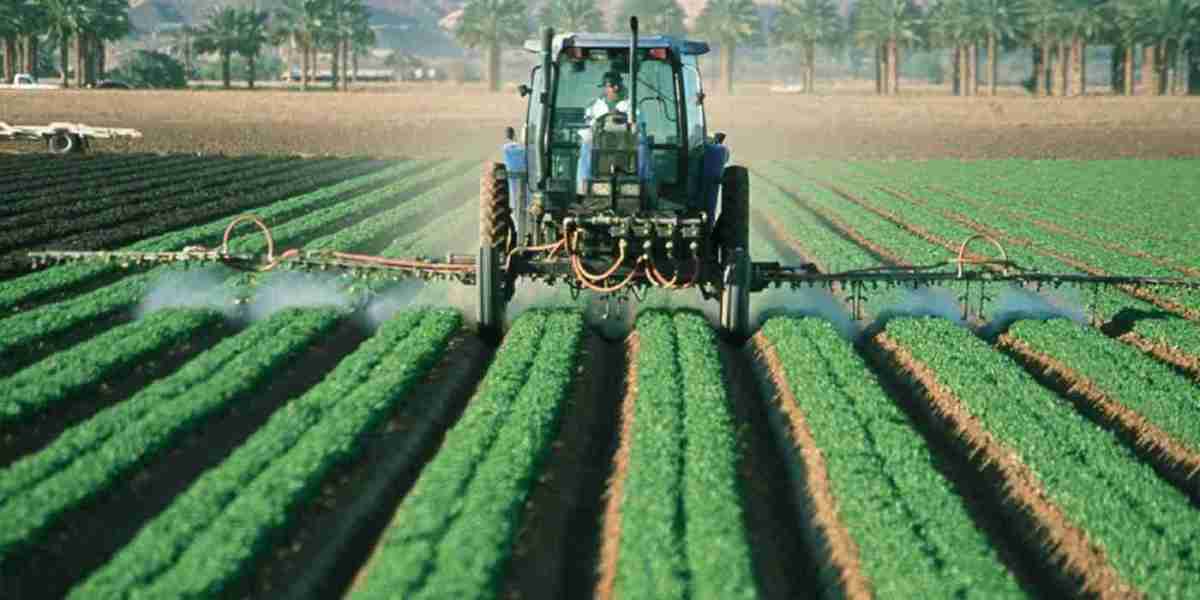The agricultural textiles market is undergoing a period of dynamic transformation as global agriculture responds to mounting challenges and new opportunities. Agricultural textiles, also known as agrotextiles, are technical fabrics engineered to improve crop yield, safeguard plants from environmental threats, conserve resources, and support sustainable farming practices. The market’s expansion is influenced by a complex interplay of economic, environmental, technological, and regulatory factors that are redefining how agriculture is practiced across the globe.
This article explores the key dynamics influencing the agricultural textiles market, offering insights into demand patterns, innovation trends, regional developments, and strategic priorities shaping the future of this vital sector.
Understanding Agrotextiles: Purpose and Scope
Agrotextiles are specialty fabrics used in agriculture, horticulture, aquaculture, and livestock management. Their primary functions include:
Protecting crops from UV radiation, pests, hail, frost, and wind
Controlling weeds and conserving moisture through mulch mats
Regulating light and temperature in greenhouses with shade nets
Preventing soil erosion and improving plant root systems with ground covers
Supporting modern farming methods such as hydroponics and vertical agriculture
Typically made from synthetic polymers like polyethylene and polypropylene or biodegradable fibers like jute and coir, agrotextiles are tailored for both conventional and high-tech agricultural environments.
Demand-Side Dynamics
1. Climate Change and Environmental Pressures
Climate variability is one of the most significant forces driving demand for agrotextiles. With increasing incidences of extreme heat, heavy rainfall, frost, and drought, farmers are turning to protective textiles to buffer crops and stabilize yields. Shade nets, anti-hail nets, and frost blankets are becoming essential tools in climate-resilient farming strategies.
2. Rising Global Food Demand
With the global population projected to reach nearly 10 billion by 2050, there is growing pressure to produce more food on less land. Agrotextiles enable intensive cultivation and year-round production, especially in controlled environment agriculture (CEA) setups like greenhouses and polyhouses, supporting higher productivity per hectare.
3. Growth of Sustainable Agriculture
As sustainability becomes central to global agricultural policy and consumer behavior, agrotextiles are gaining traction for their ability to reduce pesticide use, improve water retention, and enhance soil quality. The rise of biodegradable and recyclable agrotextiles aligns with global environmental goals and is influencing purchasing preferences.
Supply-Side Dynamics
1. Technological Advancements and Innovation
Advances in materials science are reshaping the performance capabilities of agrotextiles. Innovations include:
UV-stabilized and weather-resistant fabrics
Smart textiles with embedded sensors for monitoring soil and atmospheric conditions
Nano-treated textiles with antimicrobial or pest-repellent properties
Compostable materials that reduce post-use environmental impact
These developments are driving product differentiation and creating new market opportunities.
2. Competitive Landscape
The agrotextiles industry includes a mix of global manufacturers and regional producers competing on cost, quality, innovation, and sustainability. Leading players such as SRF Limited, Beaulieu Technical Textiles, Garware Technical Fibres, and TenCate are investing heavily in R&D and expanding their global footprints. Strategic partnerships, mergers, and capacity expansion are shaping competitive dynamics.
3. Raw Material and Supply Chain Considerations
Fluctuations in raw material prices especially petroleum-based synthetics can impact cost structures and profit margins. Additionally, supply chain disruptions caused by geopolitical tensions or logistics issues can affect product availability, particularly in emerging markets.
Regulatory and Policy Influences
Government support plays a critical role in market development. In regions like India, China, and Southeast Asia, public programs offer subsidies for shade nets, mulch films, and greenhouse setups. In the European Union, regulatory frameworks encourage the use of biodegradable materials and restrict environmentally harmful agricultural practices.
These policy incentives not only reduce barriers to entry for smallholder farmers but also create favorable conditions for manufacturers of sustainable agrotextiles.
Regional Market Dynamics
Asia-Pacific dominates the global agrotextiles market due to large-scale agricultural activity, government support, and a rapidly expanding agri-tech sector.
Europe is driven by environmental regulations and innovation in biodegradable textiles.
North America is witnessing increased adoption in precision agriculture and vertical farming.
Latin America and Africa represent emerging markets with high growth potential, though adoption is currently limited by infrastructure and awareness challenges.
Challenges and Constraints
Despite strong growth drivers, the market faces several challenges:
High upfront costs hinder adoption, especially among small and marginal farmers.
Lack of awareness and training limits understanding of product benefits.
Plastic waste and disposal concerns require greater focus on eco-friendly alternatives.
Fragmented distribution networks can delay product reach and support.
Overcoming these hurdles will require coordinated efforts across manufacturers, policymakers, and agricultural institutions.
Conclusion
The dynamics of the agricultural textiles market reflect a fast-evolving industry aligned with the broader transformation of global agriculture. With demand driven by environmental urgency, food security, and sustainable development goals, agrotextiles are emerging as essential components of next-generation farming. As technology advances and policy frameworks mature, the market is set to expand—bringing with it opportunities for innovation, investment, and inclusive agricultural growth.



